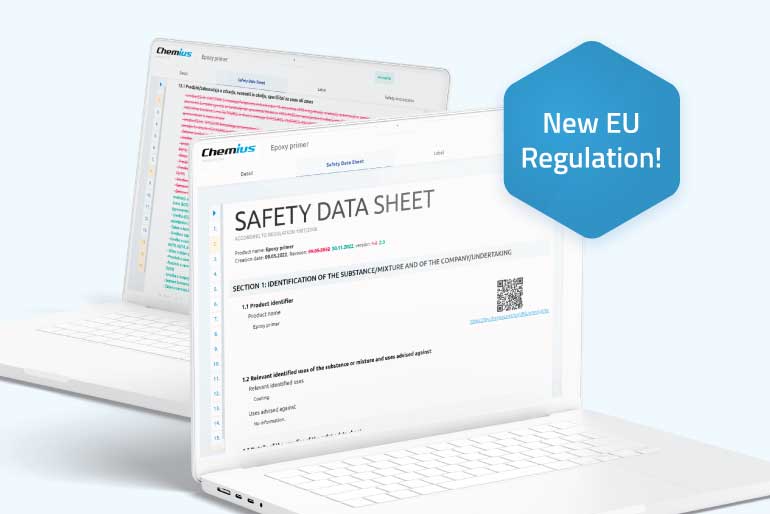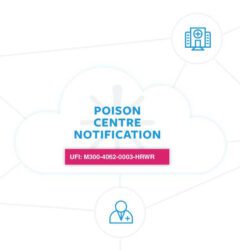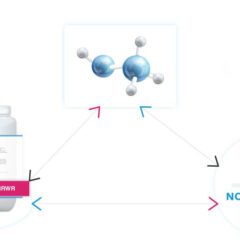14 Dec

Two questions which often arise when the conversation touches new safety data sheets.
Firstly, which legislation should you follow and what does each regulation demand of you?
And secondly, what are the essential changes in the new safety data sheets so you can identify them quicker and easier?
If this is something that interests you as well, then this is the post you don’t want to miss.
So, let’s start with the legislation.
The basic regulation that determines the legal requirements regarding the content and form of safety data sheets is Regulation (EC) no. 1907/2006 on the Registration, Evaluation, Authorization and Restriction of Chemicals (REACH). The requirements for the preparation of safety data sheets are listed in Annex II of the mentioned REACH regulation.
Annex II of the REACH Regulation is determined by amend the commission’s specific regulations. There are currently 2 regulations in force defining Annex II of the REACH Regulation:
- Commission Regulation (EU) 2015/830, valid until 31 December 2022 and
- Commission Regulation (EU) 2020/878, which can be applied now, but will irrevocably enter into force on 1 January 2023.
This simply means you must adapt your safety data sheets by 31 December 2022 at the latest. These SDS changes must follow amendments laid down in the new Commission Regulation 878/2020. This regulation therefore determines the new content of Annex II of the REACH regulation or new obligations in the field of preparation of safety data sheets.
Commission Regulation (EU) 2020/878, which can be applied now, …
So, what are the essential innovation
Here are 6 significant changes that will make it easier for you to identify the new MSDSs or serve as a guide for what you need to be change in the SDS:
- You should provide information on nanoforms of substances in various sections of the safety data sheet, as well as information on how to handle them in a safe manner.
- If you have the mixture with Unique Formulation Identifier (UFI) and this UFI is listed in the safety data sheet, you must add this UFI in point 1 of the safety data sheet.
- You should be able to provide information on endocrine disruptors – these information go into section 2.
- You should provide information on specific limit concentrations, multiplication factors and acute toxicity estimates, if available. These information should be part of section 3.
- Section 9 lists many new physicochemical parameters that are important for the safe use of the substance or mixture.
- You should provide specific additional toxicological/ecotoxicological information, namely endocrine disrupting properties in Sections 11 and 12.
I’ll provide you with another post where we’ll be focusing on details – explanation of the changes by individual sections of the safety data sheet.
But if you’re too busy for all these than you can simply turn on autopilot and leave things to the experts.
In this way, you will reduce stress, free up time and at the same time take care of all legislative changes in the future. If this is something you are interested in, please email me at simona.miklavcic@bens-consulting.eu.



Simona Miklavčič